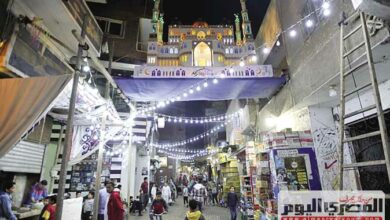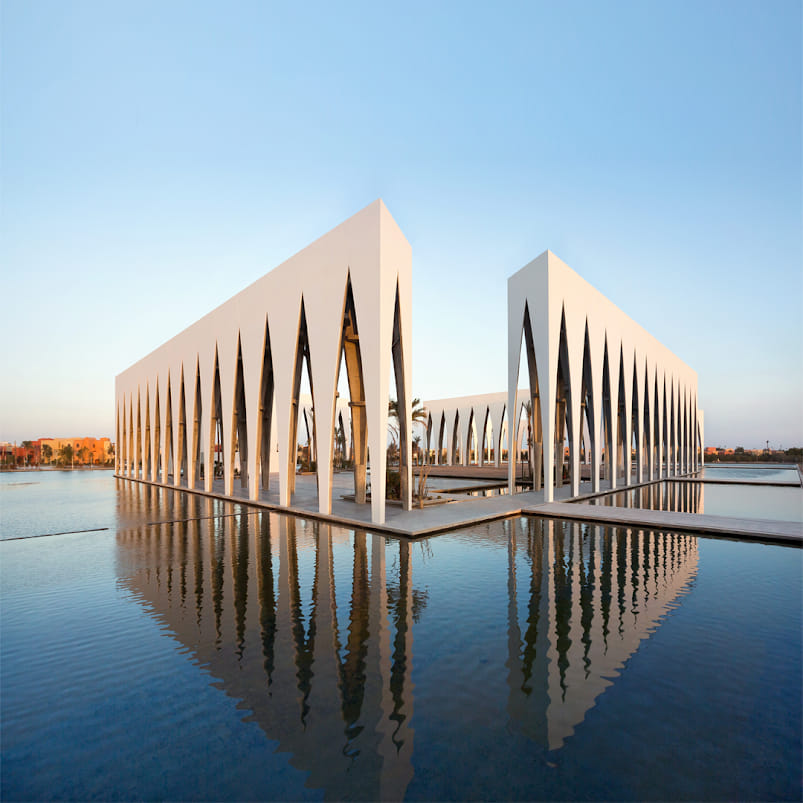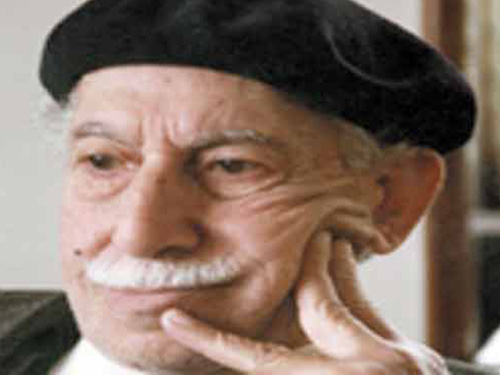It’s what we use to move around, to express our thoughts, to eat, to procreate, to dance, even to do nothing. The body may seem an unusual theme for an art exhibition, but perhaps it is precisely because of this that the entire Samaa Khana complex has been transformed to exhibit an artistic investigation of the body.
Invisible Presence: Looking at the body in contemporary Egypt is a group showing of 24 artists exploring perceptions of the body and its function in contemporary art. The invisible presence refers to the body’s general imperceptibility within public consciousness and in local discourse – a sort of pink elephant in the room that no one gets to really talk about, except it’s more like 80 million pink elephants in the case of Egypt.
With the artists utilizing painting, sculpture, video and sound installations, the exhibition highlights the body in a myriad of contexts: as a physical plane for pleasure, pain and sensory input, as a source of self-esteem, as a unit in the political realm and as a witness to overwhelming globalization. More than anything, the exhibition is a complex cultural inquiry into how perceptions of the body have evolved from the past to their current contemporary state.
Alongside the actual pieces and installations on display is the setting itself. Samaa Khana, a historical place in the heart of old Cairo down the road from Sultan Hassan Mosque, commonly hosts the famed whirling dervishes and is divided into several sections, some outdoors, all currently exhibiting different parts of Invisible Presence. The choice of location aims to attract the local community, dissolving the gallery walls in the hopes of creating more public debate on theme at hand.
Walk up the stairs to the far side of Samaa Khana and into Mahmoud Khaled’s designated space and you will see a video installation of enormous Egyptian men with muscles the size of children pumping away or flexing to much applause. Khaled’s video piece, Camaraderie, is a collection of YouTube videos showing Egyptian professional body builders, and looks at the role of body representations and masculinity within Egyptian society.
Stroll between the separate exhibition buildings in the complex and you will stumble upon a giant effigy of an obese human body made of car tires lying on the ground. Made by Ahmed Asklany, and without a label, it is left like an aesthetic warning of the fate that awaits the urban Egyptian — destined to be run over again and again till they merge with the rubber that overwhelms Cairo’s streets.
Enter another room, designated to artist Mohamed Nabil, and you will see a long list of words — force, duty, power, control, defense, citizens, borders, mission, absolute, equipment, among others — next to some two dozen still shots of young men standing in their underwear, as though ready for a military medical inspection.
It’s difficult to summarize what all 24 artists convey, their work ranging from traditional contemporary art to the abstract to the really abstract. Visitors will come across portrayals of the body’s emotional states, of the visual role of religious garments, of belly dancing, even an installation designed to temporarily heighten the senses.
Unusual? The artists may be hopeful that that will be the general response, though also coupled with a greater awareness of, and the desire to debate, this “unusual” thing we use and interact with all the time – the body.
This exhibition runs until January 23
Samaa Khana, 31 El Siyufiah St., Helmia Gedida




